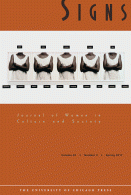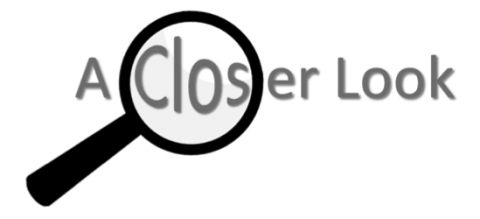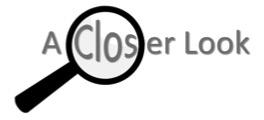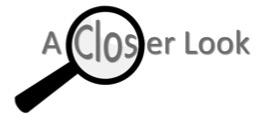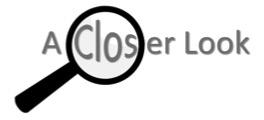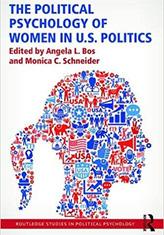Women in Congress: Leadership Roles and Committee Chairs
Fact SheetCongressAsk a Feminist: A Conversation with Susan J. Carroll on Gender and Electoral Politics
ArticleResearchCAWP ScholarCandidates and CampaignsCandidates Matter: Gender Differences in Election 2016
by Kelly Dittmar, Ph.D.
Fact SheetResearchCAWP ScholarA Closer LookPolitical PartiesCandidates and CampaignsCandidate RecruitmentGender and Race/EthnicityState LegislatureStatewide ExecutiveCongressWomen in State Legislatures 2017
by Kelly Dittmar, Ph.D.
Fact SheetResearchCAWP ScholarA Closer LookCandidates and CampaignsGender and Race/EthnicityState LegislatureWomen in Statewide Elected Executive Office 2017
by Kelly Dittmar, Ph.D.
Fact SheetResearchCAWP ScholarA Closer LookCandidates and CampaignsGender and Race/EthnicityStatewide ExecutiveWomen in the 115th Congress
by Kelly Dittmar, Ph.D.
Fact SheetResearchCAWP ScholarA Closer LookPolitical PartiesGender and Race/EthnicityCongressWomen’s Decisions to Run for Office: A Relationally Embedded Model
by Kira Sanbonmatsu and Susan J. Carroll
Book chapter in The Political Psychology of Women in U.S. Politics, edited by Angela L. Bos and Monica C. Schneider (New York: Routledge, 2016)Book ChapterResearchCAWP ScholarCandidates and CampaignsCandidate RecruitmentState Legislature#WomenRun2016: Statewide Elected Executive Office Outlook
by Kelly Dittmar, Ph.D.
Fact SheetResearchCAWP ScholarA Closer LookCandidates and CampaignsGender and Race/EthnicityStatewide Executive#WomenRun2016: State Legislative Outlook
by Kelly Dittmar, Ph.D.
Fact SheetResearchCAWP ScholarA Closer LookCandidates and CampaignsState Legislature#WomenRun2016: U.S. House Outlook
by Kelly Dittmar, Ph.D.
Fact SheetResearchCAWP ScholarA Closer LookCandidates and CampaignsGender and Race/EthnicityCongress
Research and Scholarship
CAWP research and research by CAWP scholars that addresses emerging questions about American women's political participation.


